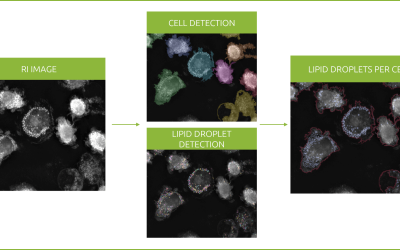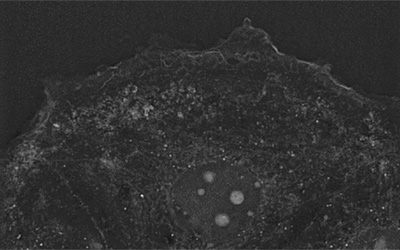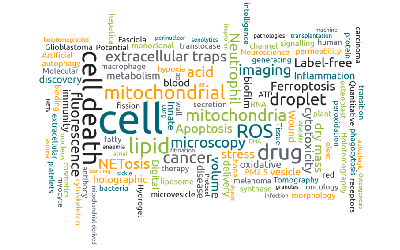Vesicle Transport
Vesicle transport is an active and thus energy consuming process that the cell uses in order to capture or release macromolecules into or out of the cell.
While exocytosis helps release content like proteins, waste products or toxins to the outside of the cell via vesicles that are formed in the Golgi apparatus and then fused with the plasma membrane, endocytosis aims to capture substances by enclosing them in vesicles resulting from cell membrane folding.
Endocytosis
Depending on the content to engulf, endocytosis can be divided in phagocytosis, receptor-mediated endocytosis, and pinocytosis.
As we showed in our Macrophages – the big eater’s post, phagocytosis is a crucial process in macrophages, as it allows them to get rid of microbes, thus playing a role in cell immunity. This cell eating of solid material results in the formation of phagosomes, which are vesicles coming from the evagination of the cell membrane that will fuse with lysosomes carrying the enzymes required to break the engulfed substances.
When instead of solid particles it is liquid material encapsulated and internalised by the cell we can differentiate between receptor-mediated endocytosis and pinocytosis… but what is the difference between them? While receptor-mediated endocytosis has specificity in the captured substances, pinocytosis is a non-specific cell drinking1.
Pinocytosis
Hence, pinocytosis is the process where fluid matter coming from the outside of the cell is obtained via invaginations of the cell membrane. Its biological meaning is mainly to absorb extracellular fluids (ECF) containing solutes like sugars or proteins, once triggered by the presence of certain substances outside the cell (amino acids or certain ions) but it is also involved in cell immunity.
Two types of pinocytosis can be characterized. Micropinocytosis is observed in cells such as the microvilli of the digestive tract and involves the intake of small vesicles. Vesicles 5 to 50 times bigger than those formed during pinocytosis are seen in macropinocytosis, usually as a result of immune system response in areas where pathogens and antigens are found. A greater deformation of the membrane is needed in order to lead to the formation of big vesicles. As observed in the video, the membrane extends forming arm-like claws that reconnect resulting in a macropinosome (Figure 1). Once at the cytoplasm, the macropinosome fuses with a lysosome2,3.
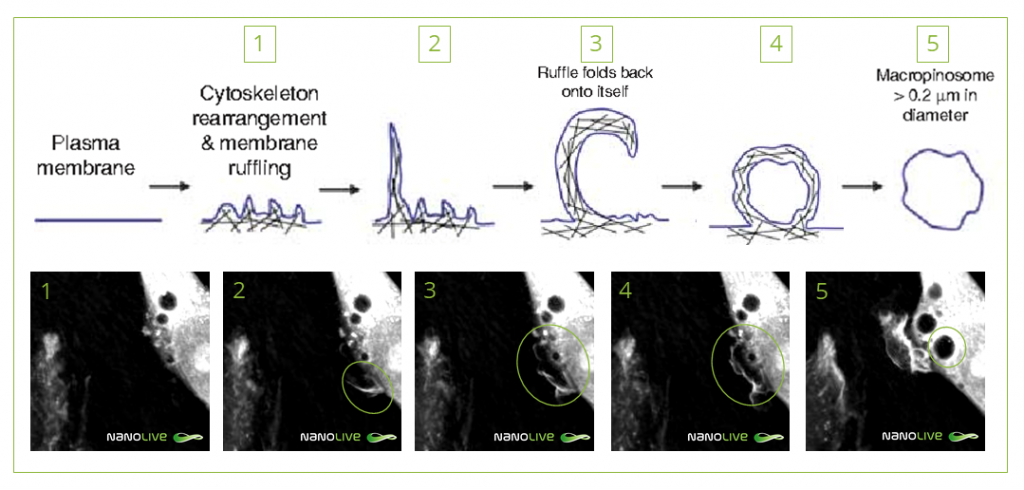
Figure 1. Steps of macropinocytosis. Equivalence between schema and 3D Cell Explorer microscope caption. Schema from: Lim, J.P., & Gleeson, P.A. (2011). Macropinocytosis: an endocytic pathway for internalising large gulps. Immunology and cell biology, 89 8, 836-43.
References
- Ellinger, I. & Pietschmann, P. Endocytosis in health and disease—a thematic issue dedicated to Renate Fuchs. Wiener Medizinische Wochenschrift 166, 193–195 (2016).
- Kruth, H. S. et al. Macropinocytosis Is the Endocytic Pathway That Mediates Macrophage Foam Cell Formation with Native Low Density Lipoprotein. J. Biol. Chem. 280, 2352–2360 (2005).
- Bhat
Read our latest news
Revolutionizing lipid droplet analysis: insights from Nanolive’s Smart Lipid Droplet Assay Application Note
Introducing the Smart Lipid Droplet Assay: A breakthrough in label-free lipid droplet analysis Discover the power of Nanolive's Smart Lipid Droplet Assay (SLDA), the first smart digital assay to provide a push-button solution for analyzing lipid droplet dynamics,...
Food additives and gut health: new research from the University of Sydney
The team of Professor Wojciech Chrzanowski in the Sydney Pharmacy School at the University of Sydney have published their findings on the toxic effect of titanium nanoparticles found in food. The paper “Impact of nano-titanium dioxide extracted from food products on...
2023 scientific publications roundup
2023 has been a record year for clients using the Nanolive system in their scientific publications. The number of peer-reviewed publications has continued to increase, and there has been a real growth in groups publishing pre-prints to give a preview of their work....
Nanolive microscopes
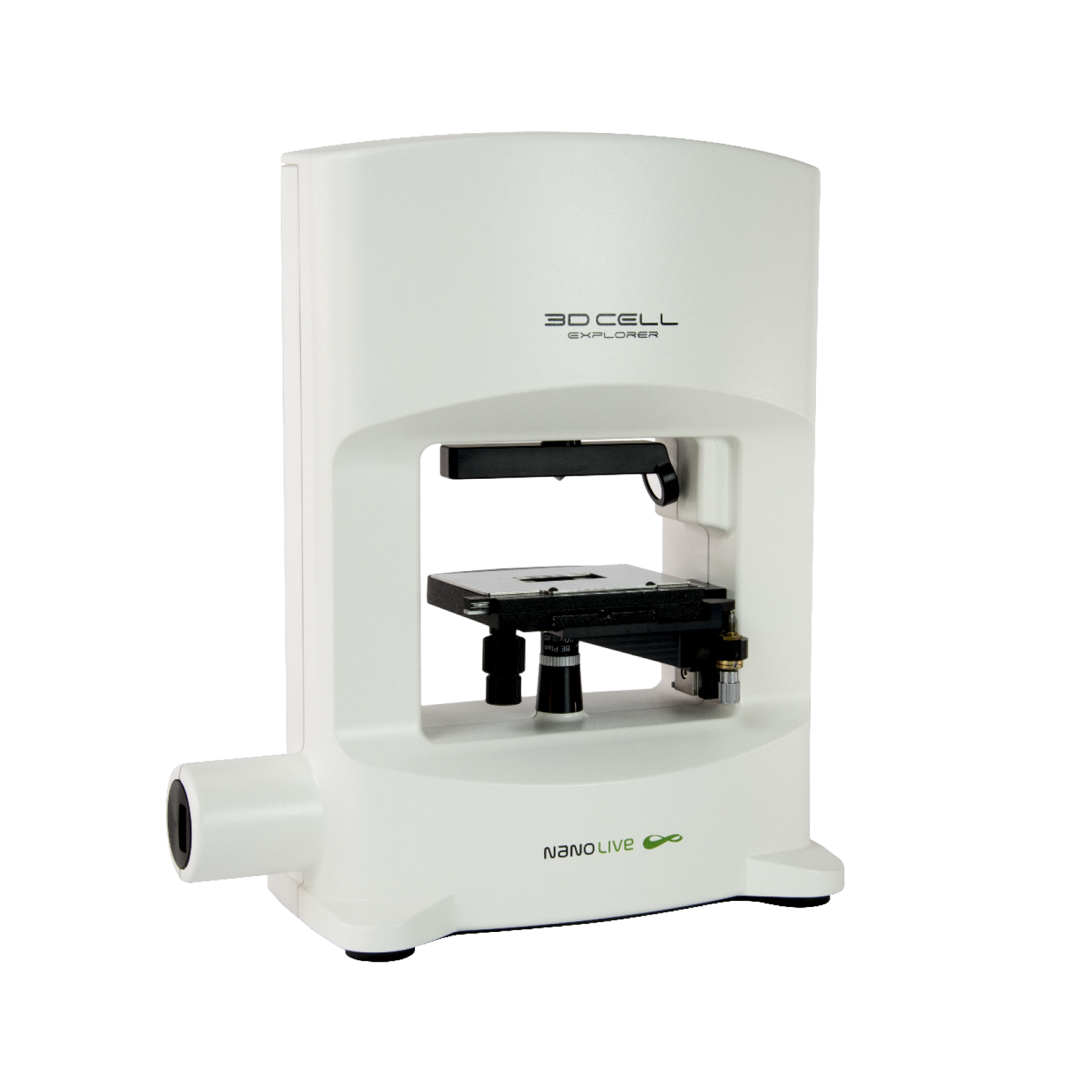
3D CELL EXPLORER
Budget-friendly, easy-to-use, compact solution for high quality non-invasive 4D live cell imaging
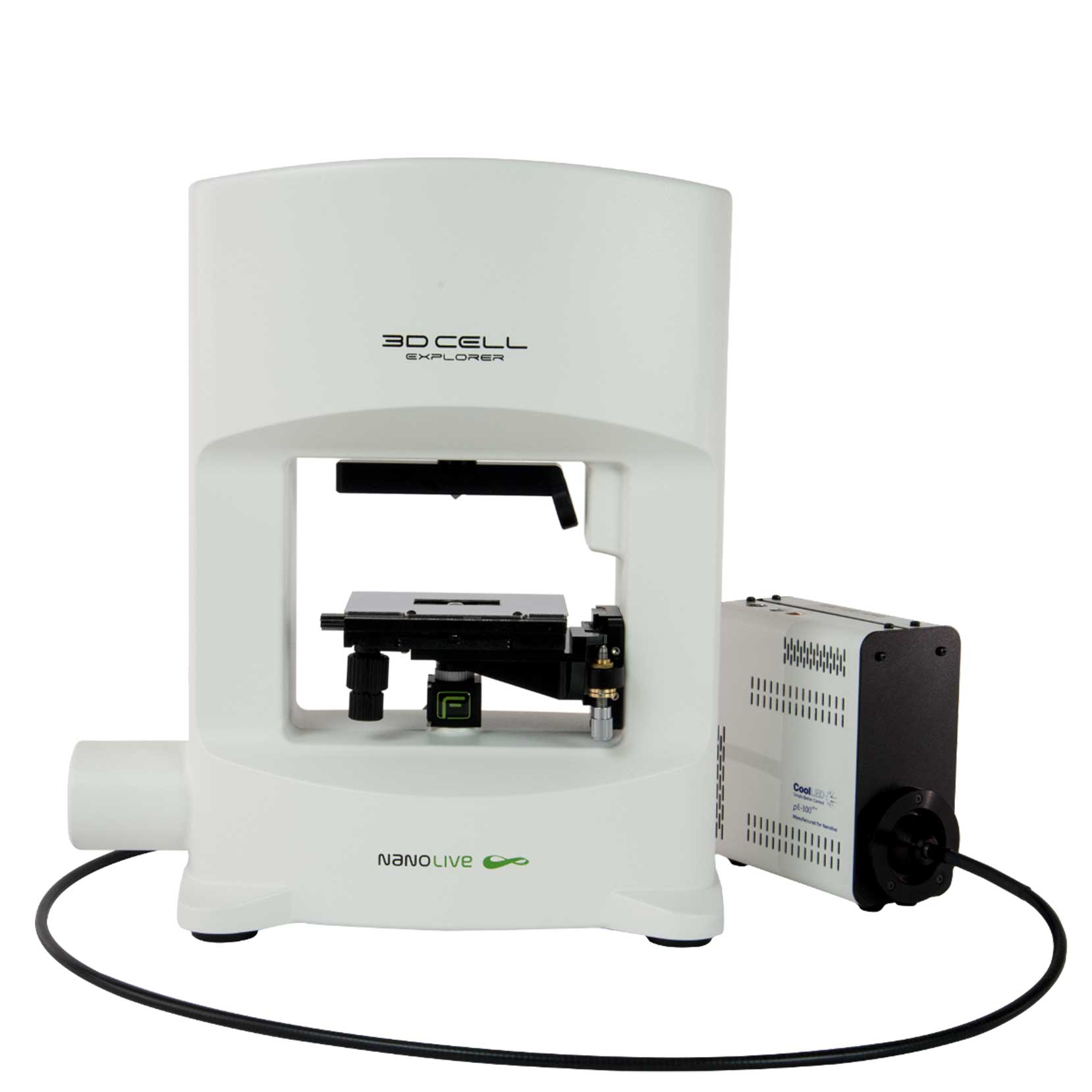
3D CELL EXPLORER-fluo
Multimodal Complete Solution: combine high quality non-invasive 4D live cell imaging with fluorescence

CX-A
Automated live cell imaging: a unique walk-away solution for long-term live cell imaging of single cells and cell populations

